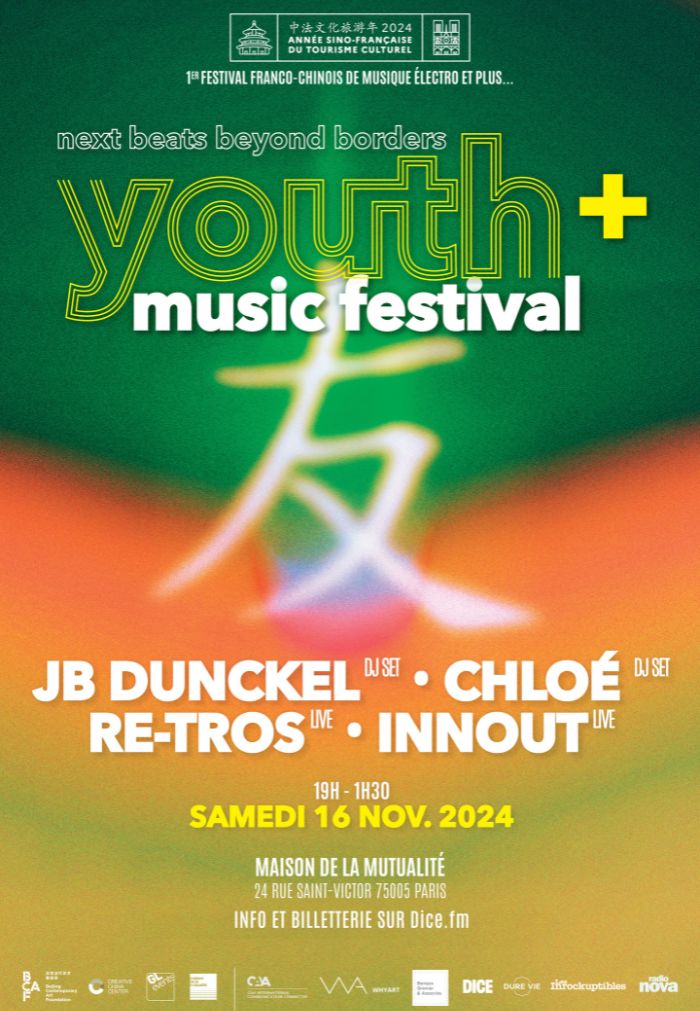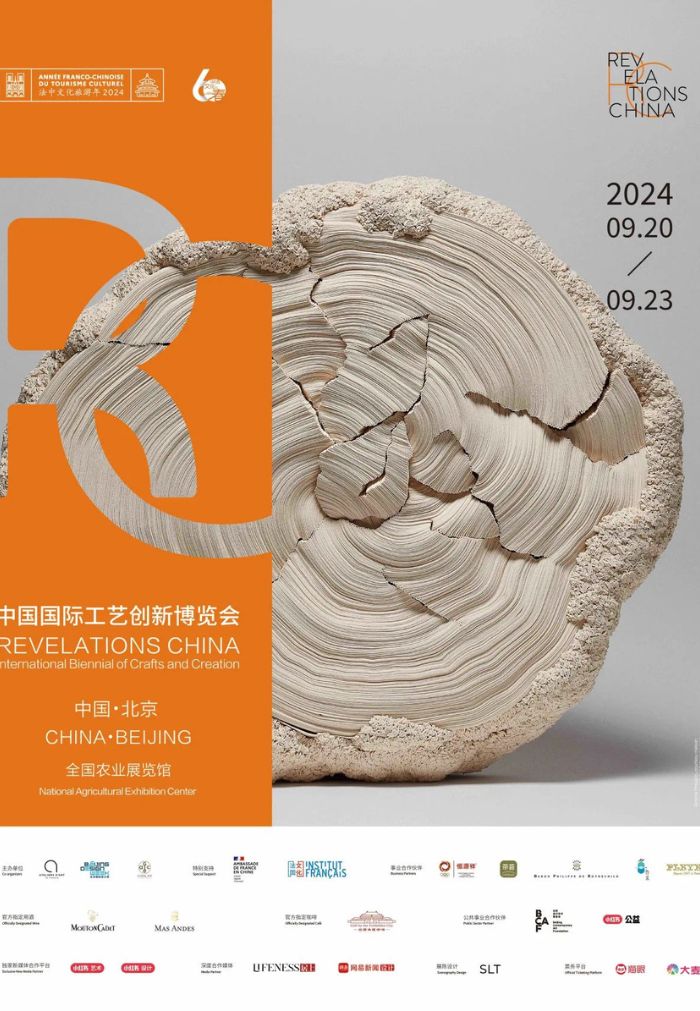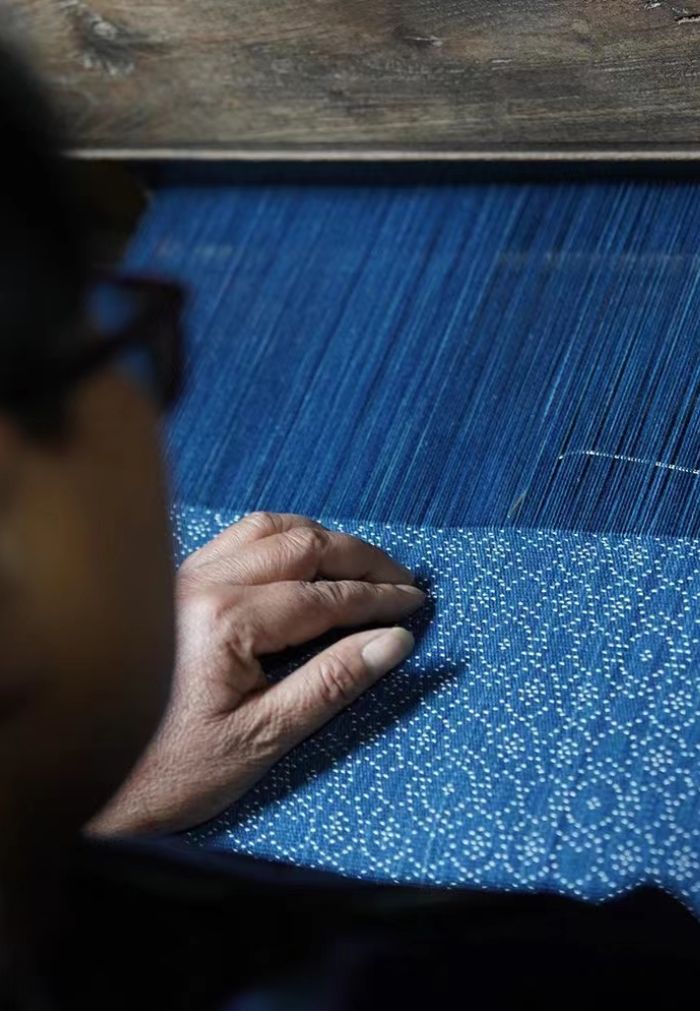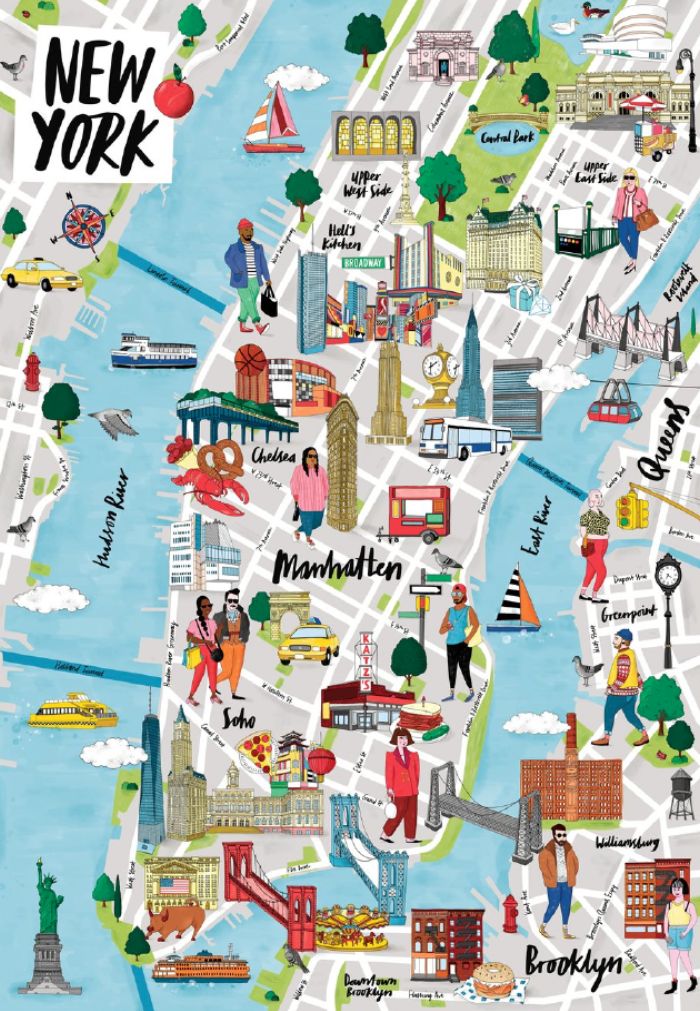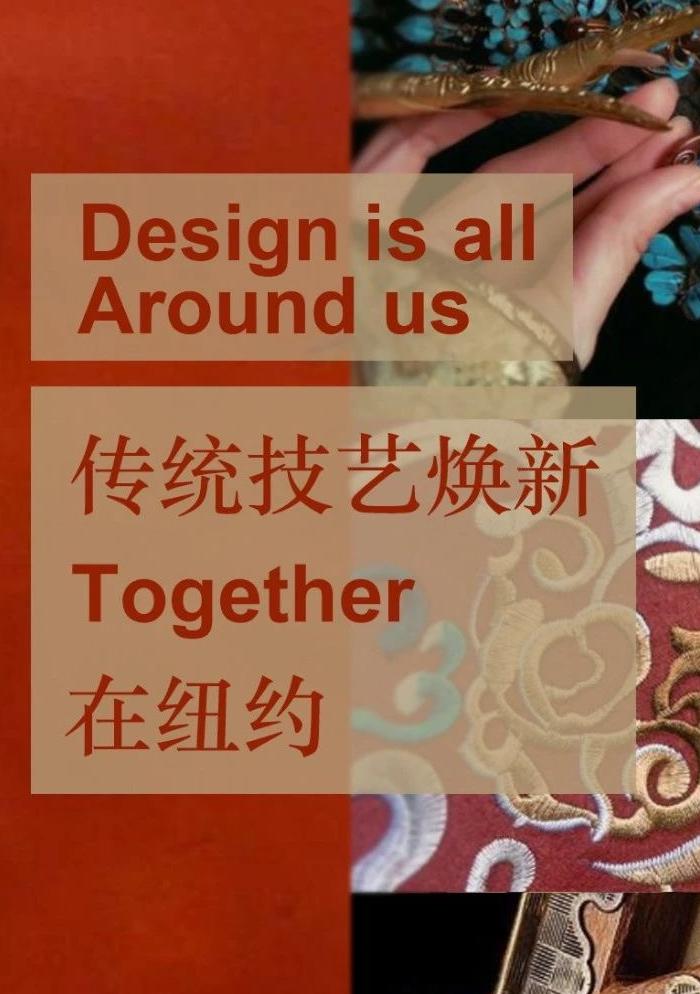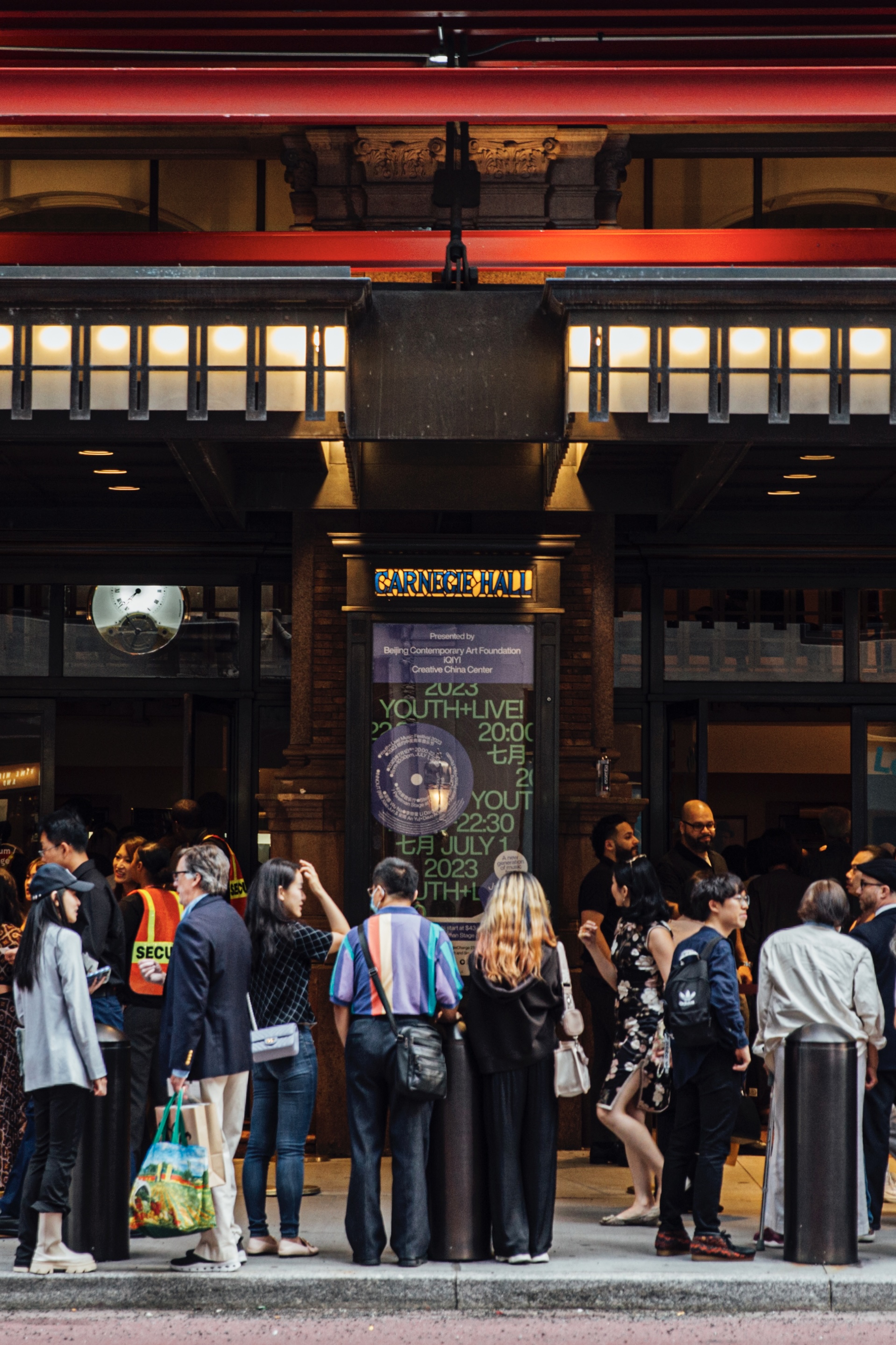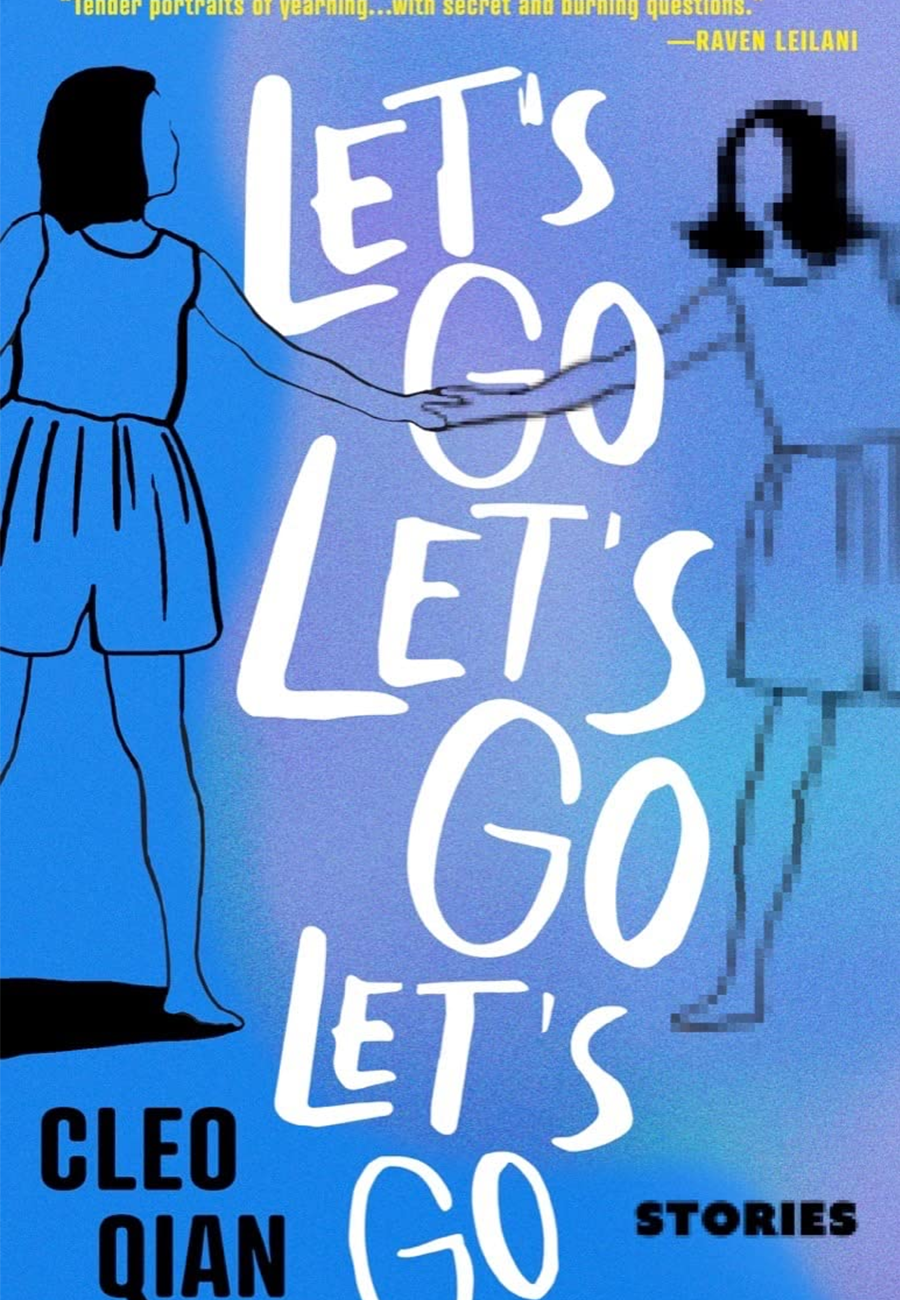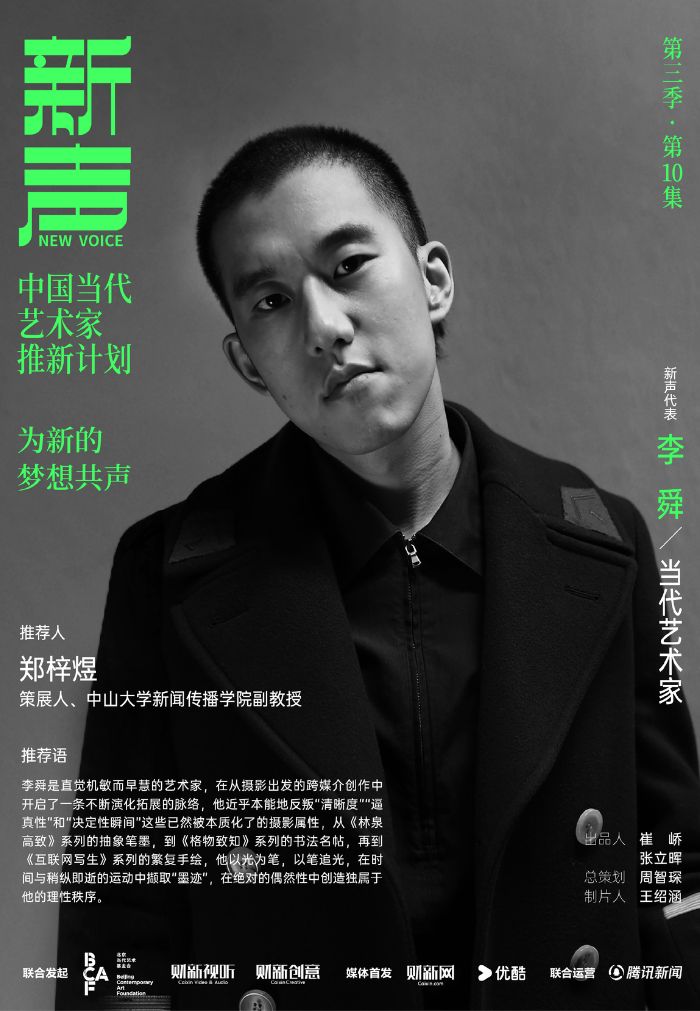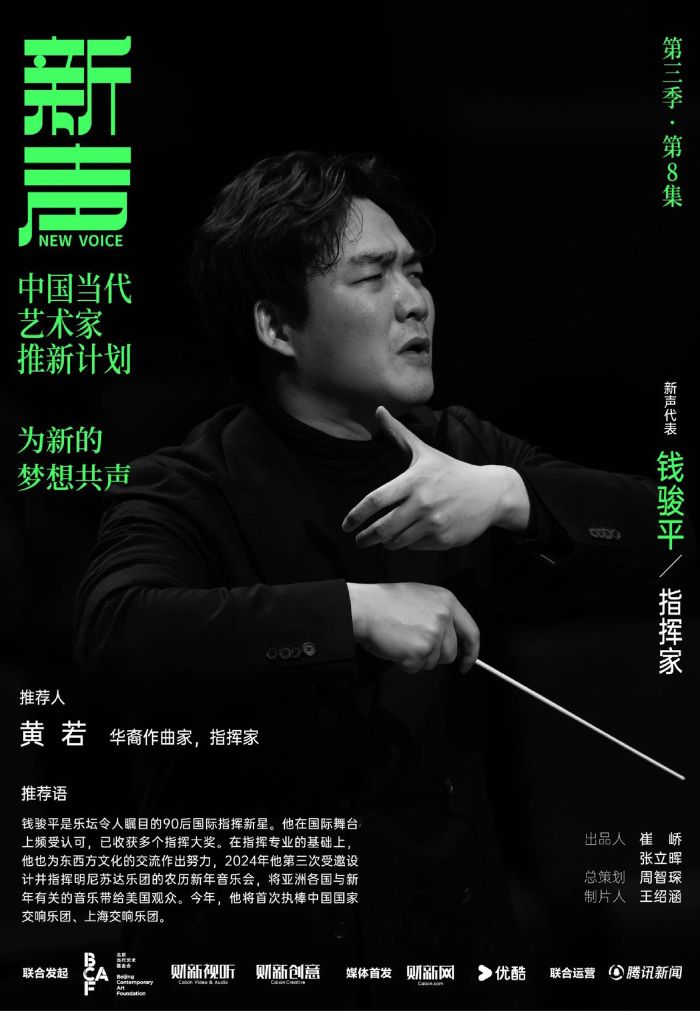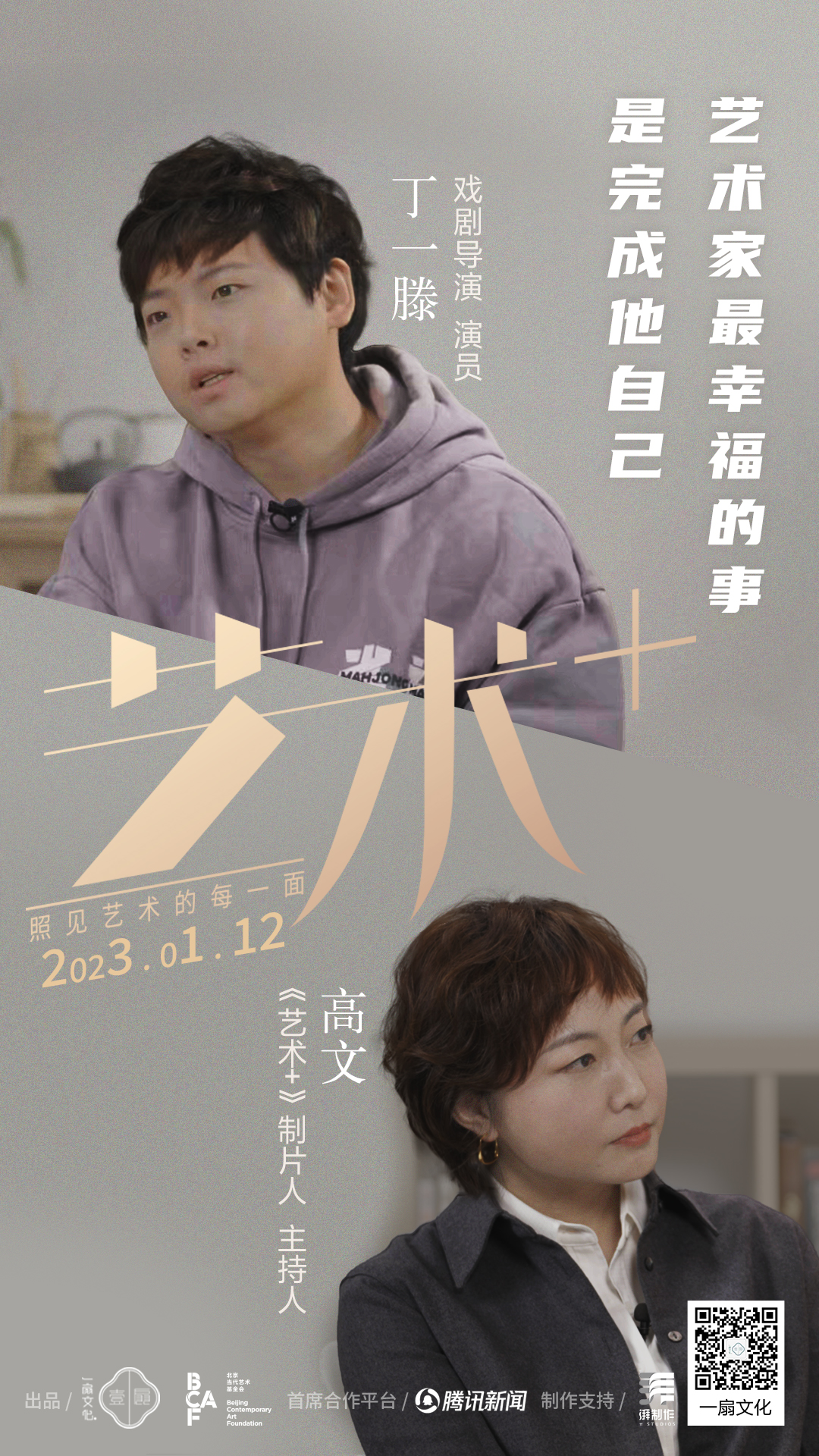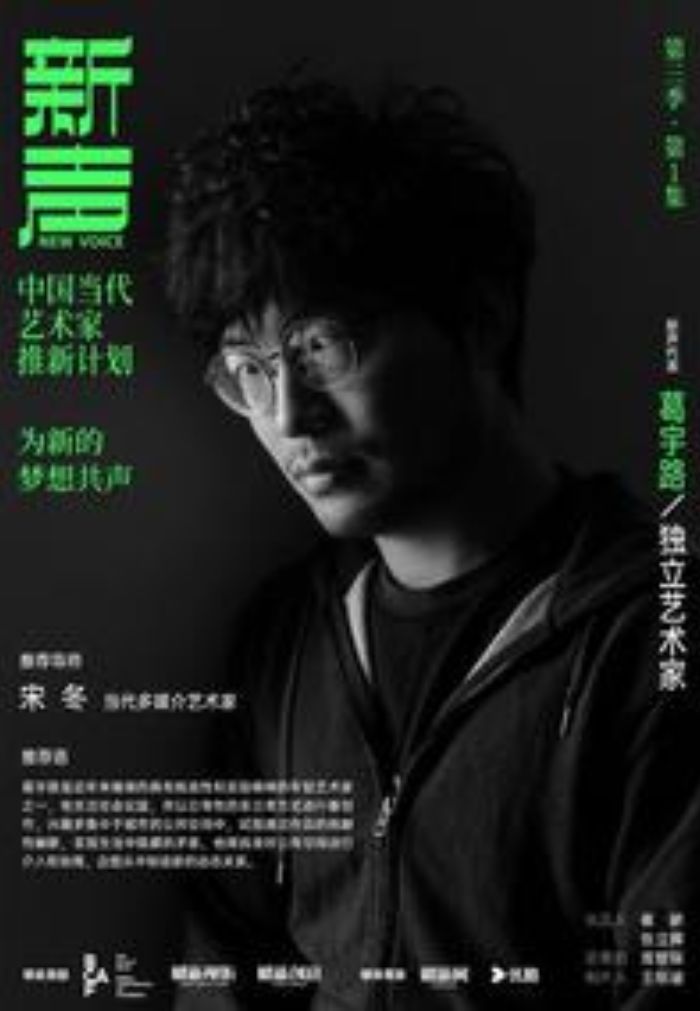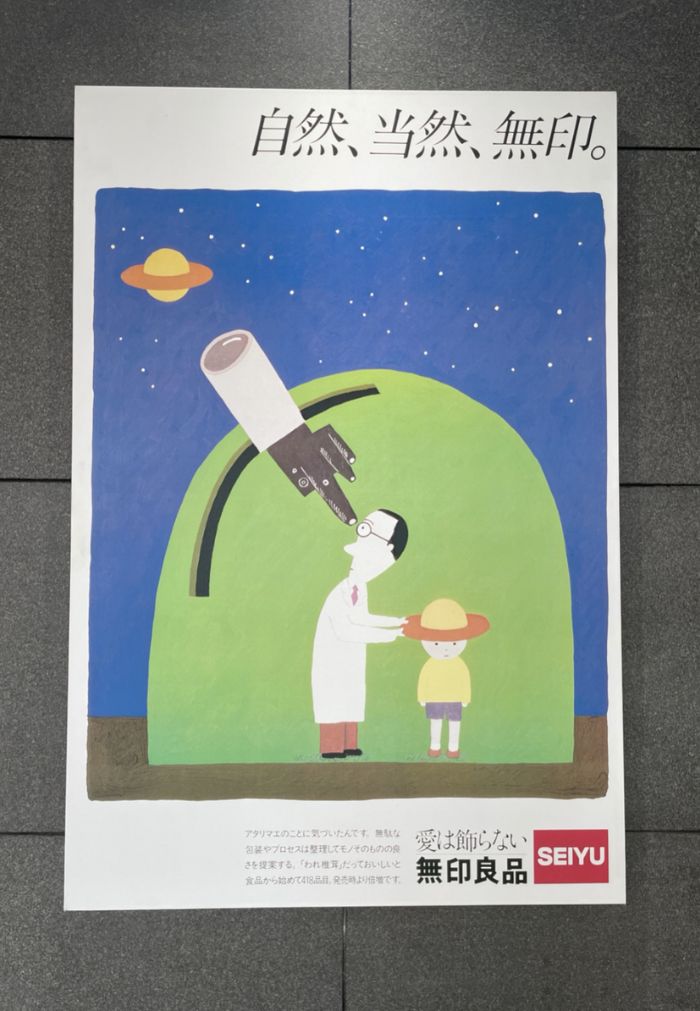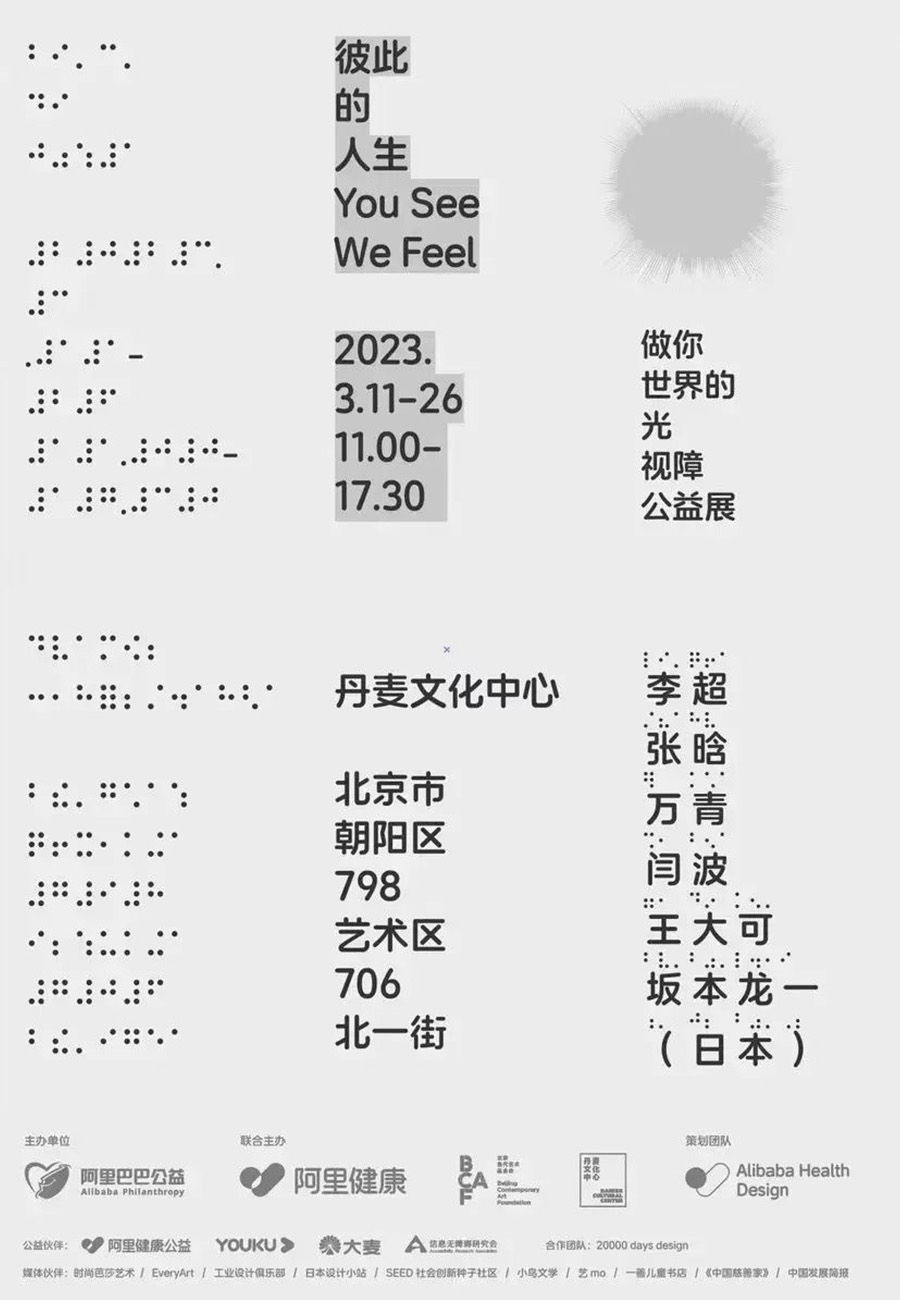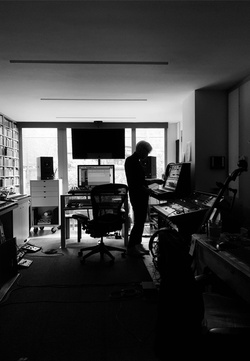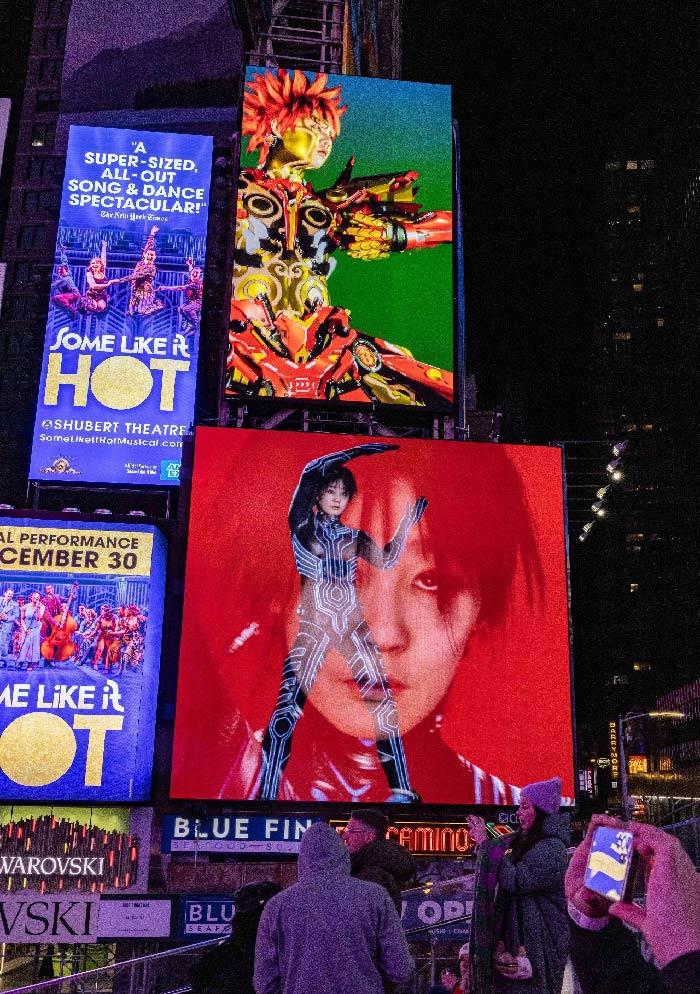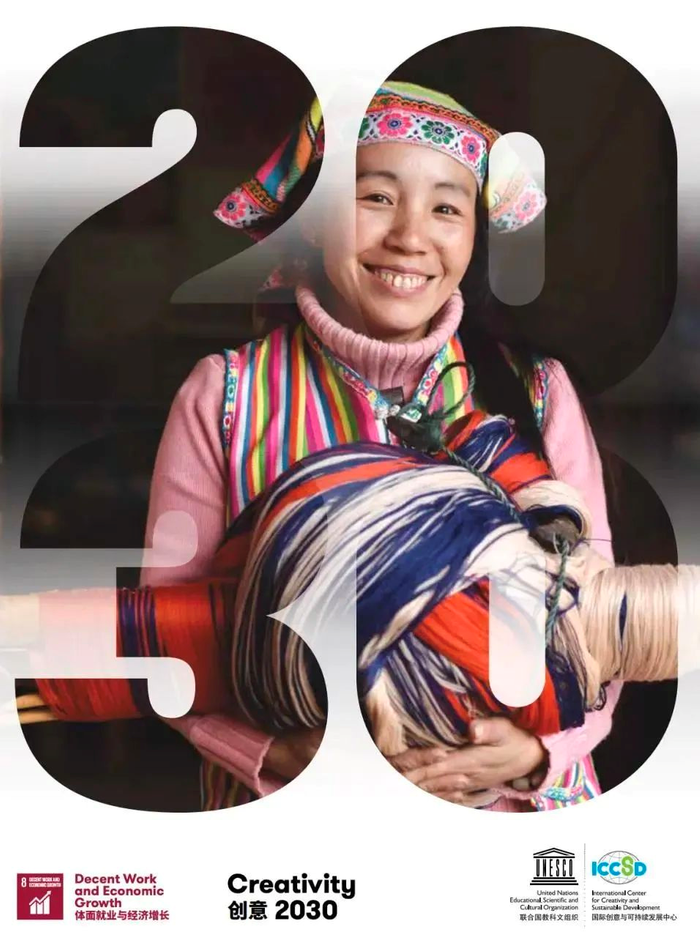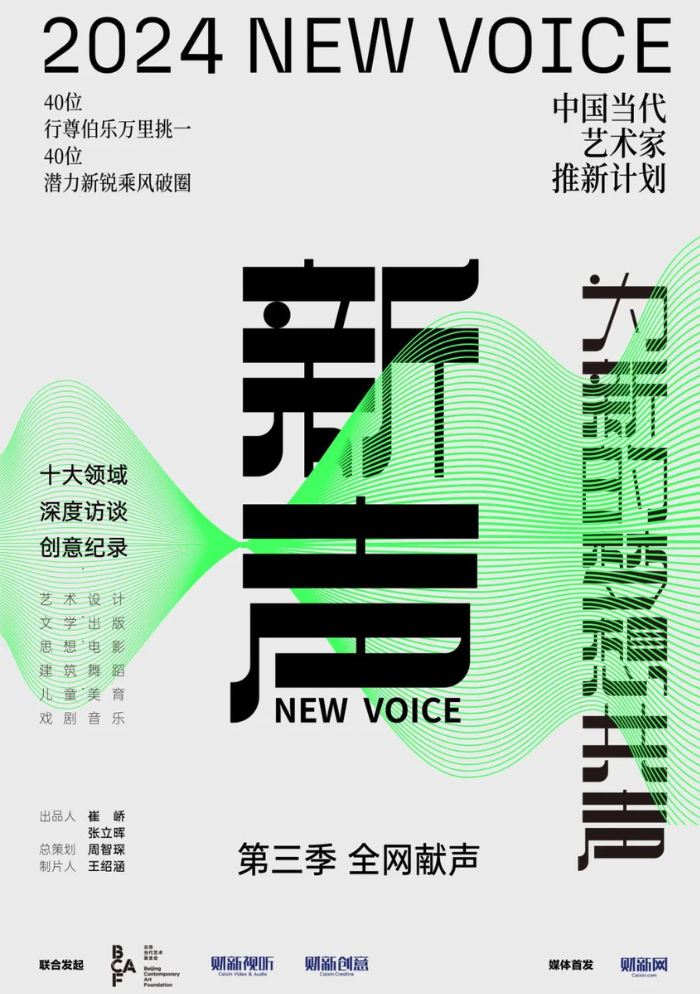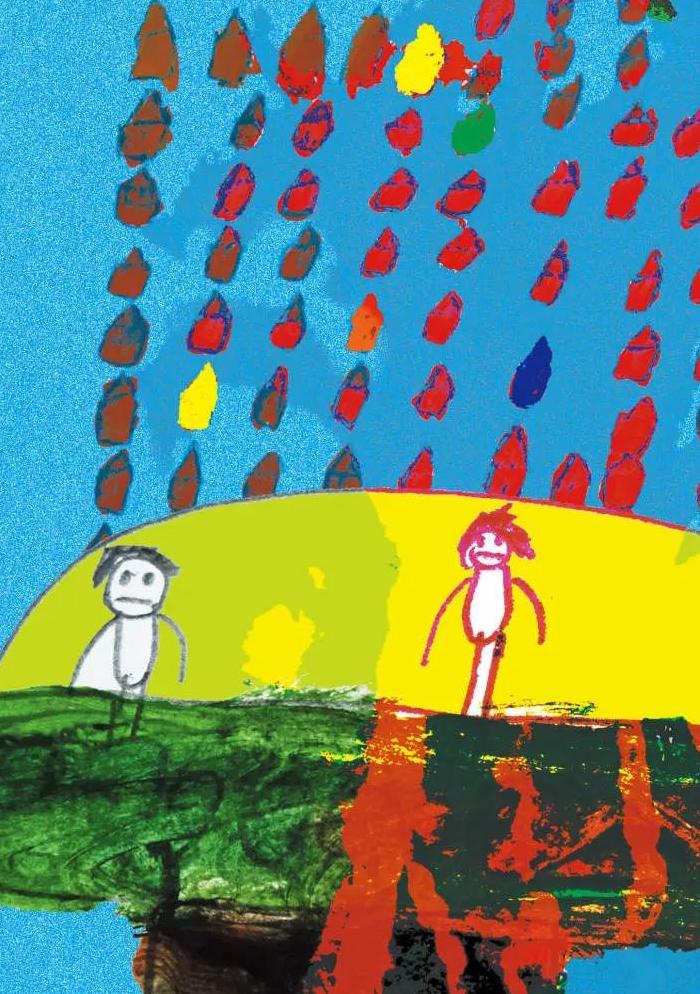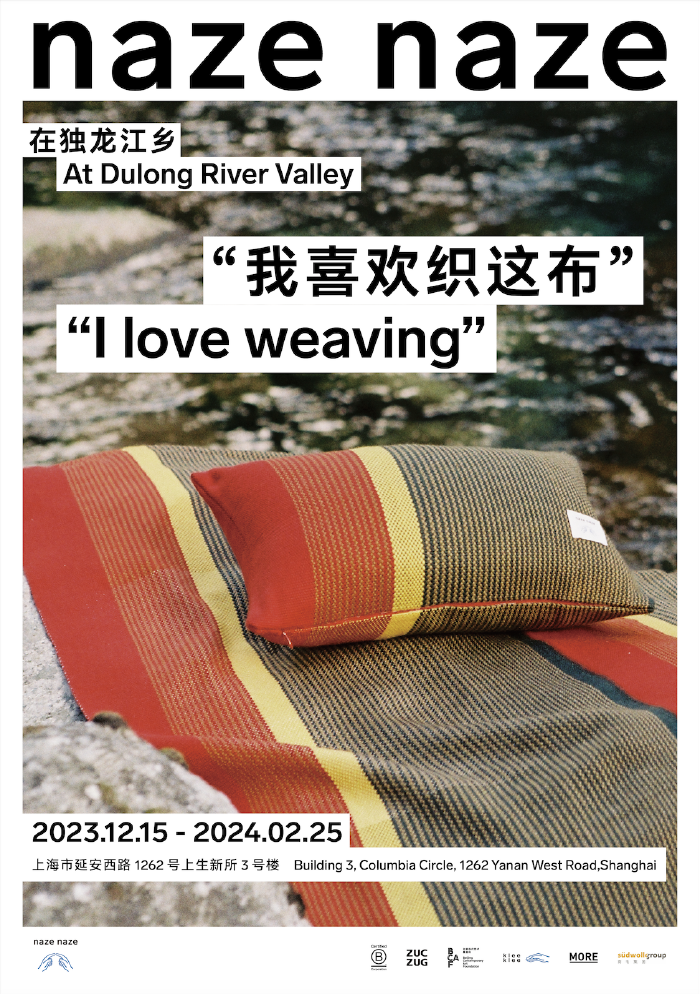NEW ERA,
NEW GENERATION
Founded in 2008, BCAF is committed to becoming China's most pioneering and dynamic grant-making art foundation, supporting original and individual talent and broadening public cultural space. BCAF is China's most representative and award-winning independent public fundraising art foundation. We are a non-profit organisation and have 3A-level social organisation rating. By June 2023, we had helped 1,500 creators, held 825 events in 20 countries and granted over 46 million RMB.
BCAF works with other organisations around the world to create projects that support original art and thinking.
BCAF works with other organisations around the world to create projects that support original art and thinking.

